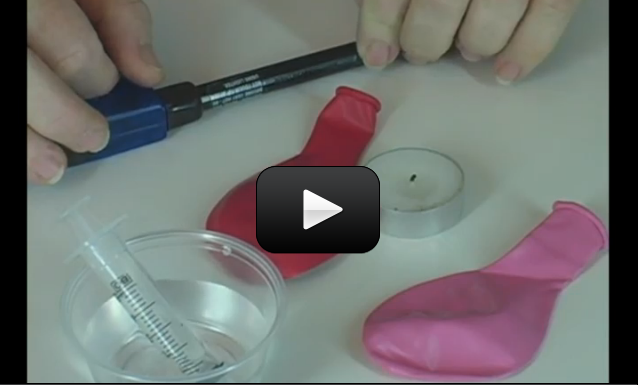If you’ve ever had a shot, you know how cold your arm feels when the nurse swipes it with a pad of alcohol. What happened there? Well, alcohol is a liquid with a fairly low boiling point. In other words, it goes from liquid to gas at a fairly low temperature. The heat from your body is more then enough to make the alcohol evaporate.
As the alcohol went from liquid to gas it sucked heat out of your body. For things to evaporate, they must suck in heat from their surroundings to change state. As the alcohol evaporated you felt cold where the alcohol was. This is because the alcohol was sucking the heat energy out of that part of your body (heat was being transferred by conduction) and causing that part of your body to decrease in temperature.
As things condense (go from gas to liquid state) the opposite happens. Things release heat as they change to a liquid state. The water gas that condenses on your mirror actually increases the temperature of that mirror. This is why steam can be quite dangerous. Not only is it hot to begin with, but if it condenses on your skin it releases even more heat which can give you severe burns. Objects absorb heat when they melt and evaporate/boil. Objects release heat when they freeze and condense.
Do you remember when I said that heat and temperature are two different things? Heat is energy – it is thermal energy. It can be transferred from one object to another by conduction, convection, and radiation. We’re now going to explore heat capacity and specific heat. Here’s what you do:
Please login or register to read the rest of this content.


Hi Matthew – yes that is a confusing question – I will rewrite it so it is more clear.
Heat is the flow of energy from a warm object to a cooler object, and there are three ways heat can be transferred: conduction, convention, and radiation.
Thermal energy is the kinetic energy of the molecules in a substance, which we can measure by temperature. The more kinetic energy something has, the higher the temperature.
Heat is the flow of thermal energy.
Does that help?
Hi! I just wanted to give some feedback on the experiment. I certainly enjoyed it especially since I held the balloon to close to the flame for to long; BANG! But while answering the questions it seemed some improvement was necessary.
On question 2. (Name two types of energy.) from the reading it seemed like all the possible answers (conduction, convention, and radiation) where NOT types of heat, but rather different means of heat transfer. Is this correct?
Also, I think an explanation of those three things (conduction, etc.) would be both necessary in order to answer question 3 and very educational.
Thank you! -Matthew Mitzel
It was really cool! I popped it with my finger, and all the water went on the candle
Yes, a sponge will get to its saturation point where it’s filled with water and can’t hold any more, and will start to leak water. The water inside the balloon doesn’t have an infinite heat capacity, so at some point yes it will being to rise in temperature and the balloon will break. What is your best time, and for how much water?
Eventually will the balloon pop? Does the balloon’s water have a threshold?
COOL!!!!!!!!!!!!!!!!!!!!!!!!!!!!
I’ve never given it any thought but now that I do it makes since the ballon does no pop